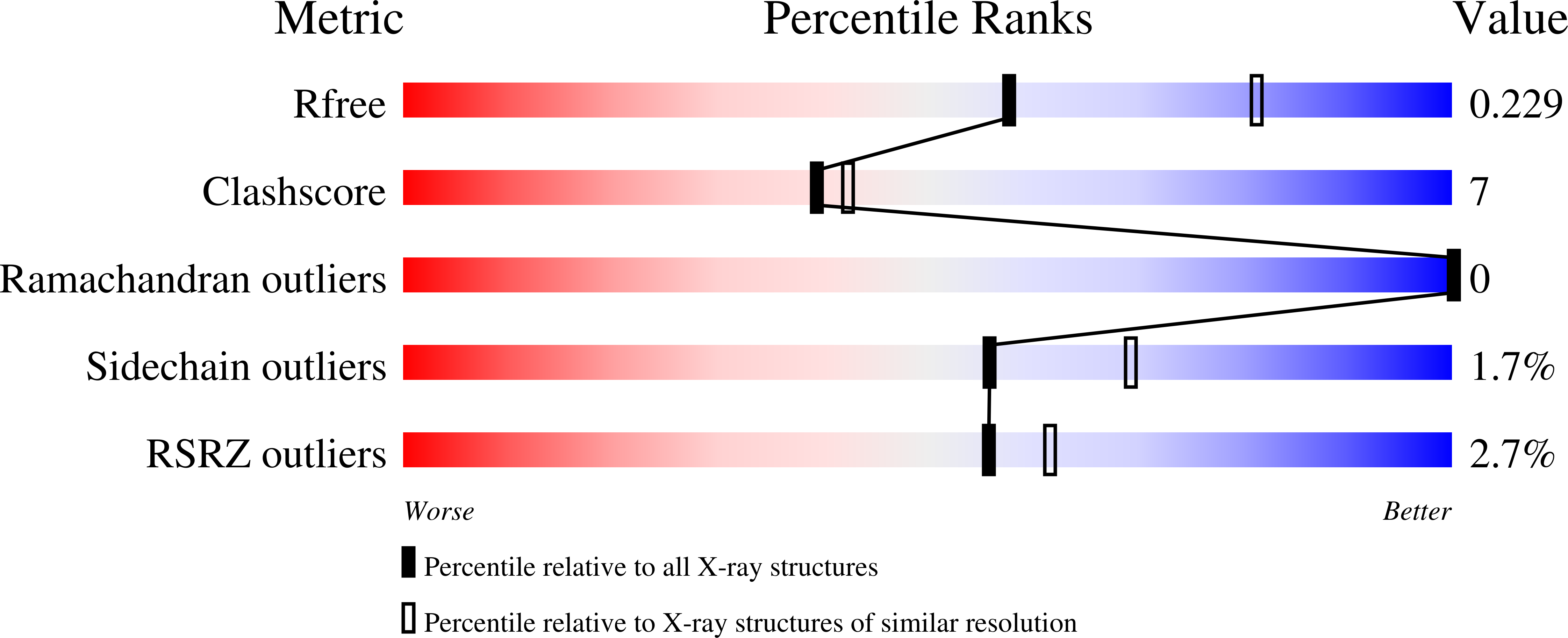
Deposition Date
2025-04-24
Release Date
2025-08-06
Last Version Date
2025-08-27
Entry Detail
PDB ID:
9R0Q
Keywords:
Title:
Paraoxonase-1 in complex with terbium(III) and 2-hydroxyquinoline
Biological Source:
Source Organism:
Oryctolagus cuniculus (Taxon ID: 9986)
Host Organism:
Method Details:
Experimental Method:
Resolution:
2.35 Å
R-Value Free:
0.22
R-Value Work:
0.19
R-Value Observed:
0.19
Space Group:
P 43 21 2


